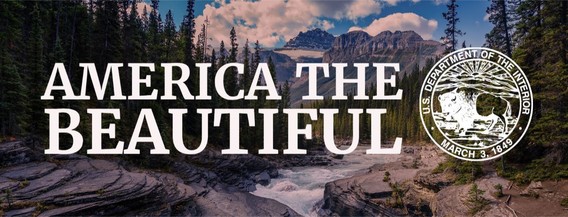 Spotlighting the Work to Restore, Connect, and Conserve 30 Percent of Lands and Waters by 2030�
News and Updates
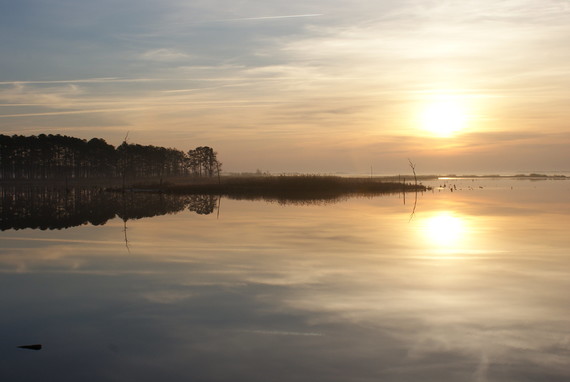 �
Secretary Deb Haaland visited Maryland to meet with local elected and community leaders, students, and Interior Department employees to highlight President Biden�s Bipartisan Infrastructure Law�s critical investments in ecosystem restoration, infrastructure resilience, and economic opportunities. In Baltimore, Secretary Haaland visited Masonville Cove, the nation�s first Urban Wildlife Refuge Partnership that connects the city�s residents to the outdoors. Masonville Cove is the cornerstone of a large-scale neighborhood revitalization project with federal, state and local investments that aim to improve South Baltimore Title I schools, provide access to the waterfront, and encourage economic growth while protecting the environment. Increasing equitable access to nature through partnerships like these is a central goal of the America the Beautiful initiative.

The National Park Service celebrated the acquisition of a 35-acre parcel inside Grand Teton National Park�s southwest boundary. The newly protected parcel - added to the Grand Teton on the anniversary of the park�s establishment - continues a nearly century-long vision and conservation effort to make Grand Teton whole. The National Park Service has collaborated with partners for more than two decades to protect 140 acres to date in the southwestern corner of Grand Teton National Park. The latest acquisition marks the fourth such parcel purchased by the National Park Service in cooperation with The Conservation Fund, utilizing funding from the Land and Water Conservation Fund.
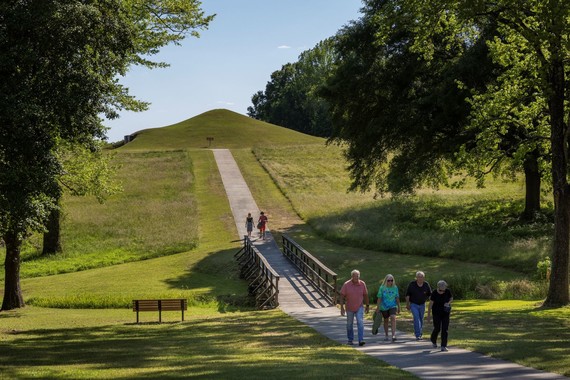 �
The Muscogee (Creek) Nation, National Park Service, Ocmulgee National Park and Preserve Initiative, National Park Foundation, and the Open Space Institute (OSI) announced a historic addition to the Ocmulgee Mounds National Historical Park in Macon, Georgia. The property more than doubles the size of the park and provides additional protection for some of the most significant prehistoric Indigenous mounds in North America. Funded in part by the Park Service using Land and Water Conservation Funds, the newly protected 951-acre property is located adjacent to the park and inside the city limits of Macon.
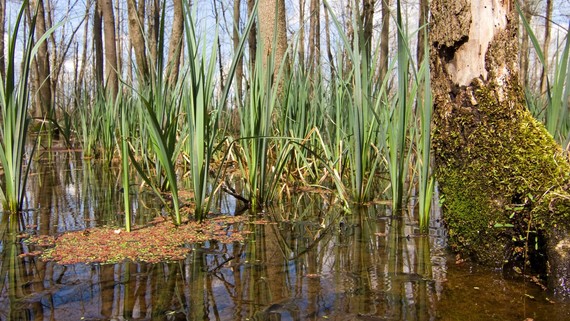 �
The Departments of the Interior, Agriculture, and Defense announced three new Sentinel Landscapes, bringing the total to 10: Camp�Bullis�Sentinel Landscape in Texas, Northwest Florida Sentinel Landscape, and the Southern Indiana Sentinel Landscape. The Sentinel Landscape program is a successful partnership among the three Departments, state and local governments, private landowners and NGO�s that enables military readiness while preserving local agriculture, natural resources, and wildlife habitat. Since the inception of the Sentinel Landscapes program, the investments have permanently protected more than 467,000 acres of land and implemented sustainable management practices on an additional 2.3 million acres. Conserving America�s lands and waters for the benefit of all people through collaborative and inclusive approaches reflects the goals and principles of America the Beautiful.
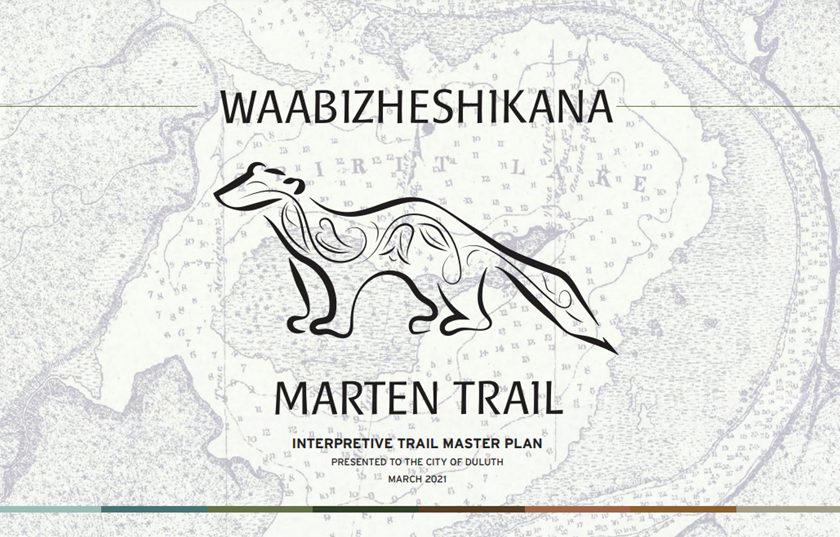 �
The City of Duluth has been working to advance conservation plans, projects, and processes that tackle climate change, stem biodiversity loss, and improve equitable access to nature. The City of Duluth coordinated a stakeholder-driven process last year to develop a plan for Waabizheshikana: The Marten Trail. Formerly known as the Western Waterfront Trail, Waabizheshikana consists of an existing 3.3-mile segment that traverses the western shoreline of the St. Louis River and will eventually be extended to a roughly 10-mile continuous recreational trail. The interpretive planning process brought together the vision of a wide variety of City of Duluth councils and commissions including the Indigenous Commission, agency and community partners, individual stakeholders, and the University of Minnesota.
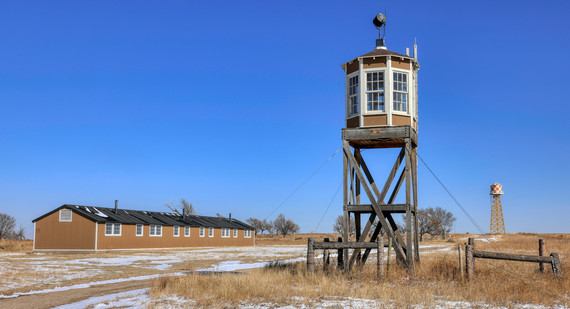 �
President Biden signed the Amache National Historic Site Act, designating the Amache site in Granada, Colorado as part of the National Park System. This designation, the first in the National Park System during the Biden-Harris Administration, will permanently protect the site for future generations and will help tell the history of Japanese American incarceration during World War II. Amache, also known as the Granada Relocation Center, was one of 10 incarceration sites established by the War Relocation Authority during World War II to detain Japanese Americans forcibly removed from the West Coast of the United States under the terms of Executive Order 9066. The designation of the Amache National Historic Site is an important step in telling a more complete story of Japanese American incarceration during World War II.
###
|

